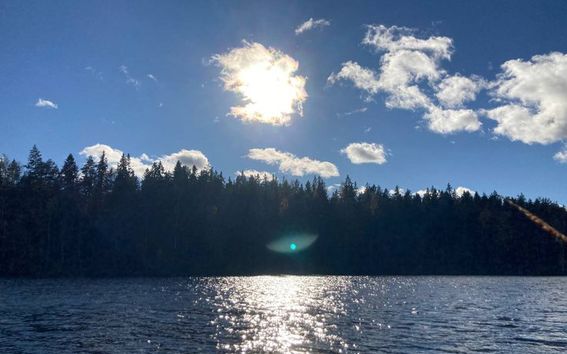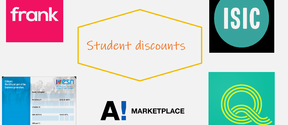WAT course? And brief overview on Aalto study system

Hi all, for this blog I’ll be writing about the first course I studied for my master’s degree at Aalto University. For those who haven’t known, I’m currently a student in the Water and Environmental Engineering program (or WAT for short) one of the best programs for people who are interested in water (or puns). This is my first year here in Aalto, so I have a lot of fresh new experiences to share with you guys. I hope you guys will enjoy this blog.
My first course in my WAT program is named, literally, the WAT course, i.e., Water & Environmental Engineering course (engineers are REALLY creative). We only have this one course for our first period. For those who don’t know how the Finnish study system works, in one academic year, we have five periods in total, two during the autumn semester and three for the spring semester. Each period lasts seven weeks and the final week is reserved for evaluation, e.g., exams, final presentations, or final assignments.
Although the WAT course is the only compulsory course in our first period, this course is a 15 ECTS course which you are required/recommended to join the lectures/workshops from Monday to Friday, 9:00 to 16:00. A fifteen ECTS course is the largest possible scope of course since in Aalto the course ranges from 1-15 credits, where 1 ECTS is approximately equivalent to 27 working hours. These hours include all the work required for completing the course (lectures, assignments, cases, possible projects, exams, etc.). It goes without saying that the coordinator professor suggested we allotted the time only for study (which he was totally right, I and my friends were pretty banged up after we finished the course).
This course focuses on the overall expertise required for water and environmental engineers. For each week, the course concentrates on different aspects of the field, ranging from the practicality of water quality for drinking water to the behavior of water in rivers. Since this course is an assignment-based course, there are no mid-term or final exams but instead weekly assignments both as a group and individual work. In Aalto, some courses require you to register and take the final exam, while others have weekly assignments or final presentations, and your grade will be determined from those assignments. The grading scale is from 0-5 where 0 means that you failed the course and 5 is the highest grade possible, and for the WAT course, to get a 5 you will need to get 90 percent or above from your total score.
The professors who taught us all specialize in some aspects of water knowledge, and uniquely for this course, we get to create a personalized portfolio. This means that for the duration of the 2-year program, we will need to reflect and write down what we have learned and the future plans that we want to pursue. The portfolio will be used during the meeting sessions with our personal assigned supervisor, which is one of the professors who taught us, to help us consolidate our studies and determine our own career path in the future.
Aside from the portfolio and the assignments, we were also graded by our own peers. One-third of the total grade was given by our group members during our group work, which they will be given anonymously. Additionally, you will also get the chance to a session to sit down and talk with your peers to give constructive feedback to each other. Although this session can be a bit emotional, it helped us greatly in knowing our good points and the parts where we can improve ourselves.
In summary, I get to experience a lot of new teaching styles that I have never experienced before. In my previous universities, the studies were all lecture- and exams-based, whereas in Aalto, they focus on practicality and problem-based learning, to prepare you with working experience and environment. And that’s it! I hope you guys have a more concrete picture of what it is like studying at Aalto University after reading this blog, and again, thank you for reading :).
- Bhattarabhop
Show other posts from this blog

My favorite 2 Finnish traditions and why
Bachelor's student shares his favourite traditions in Finland
30 Reasons to study at Aalto University
Bachelor's student San lists his top 30 things why Aalto University is a great place to study
Tips and tricks on saving money as a student
Master's student Anastasiia gives her best trips and tricks on saving money as a student